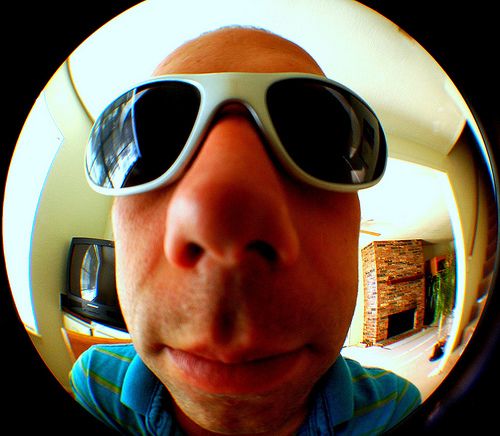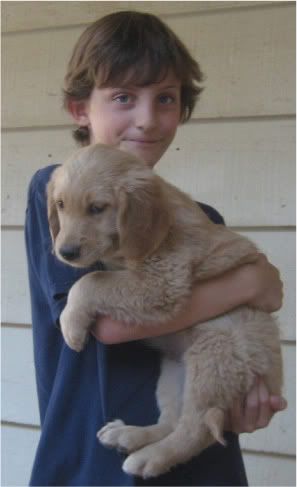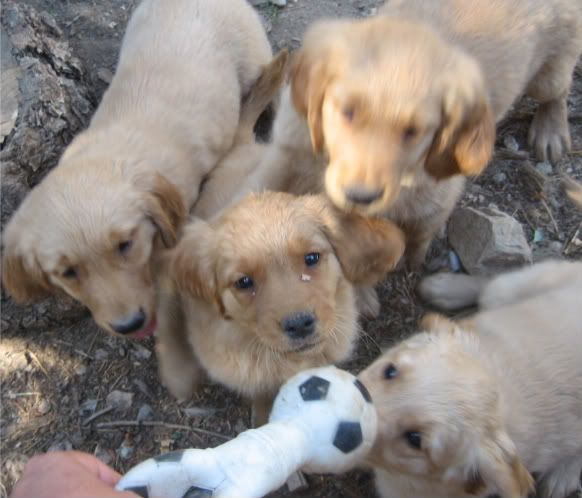What does your animal see you through? This is a question I doubt many people think about. In this case, I am not talking about the eye structure, color vision, etc., but instead I am talking about how an animal sees humans.
This whole thing started with a phone conversation when I was chatting with a friend and sorting through my closet to pick out something to wear while on the phone. She reminded me about her favorite velor pants–and then I realized I had a pair and could pick pink for the day.
She was mortified because it didn’t fit the image she has of me.
Now, over my lifetime people have known me in various roles. The main one has been as an animal behavior training consultant. So, mostly I’ve worn uniforms when working for animal facilities and in my own business.
Why animal facilities have uniforms has to do something with corporate culture and branding, professionalism, and down right practicality. You see, work with animals is dirty…but I am getting a bit off topic.
You know, khaki and different shades of tan, brown, and green.
Depending on when people have met me, or what role they associate me with, my appearance has impacted their interpretation of who I am.
Most people know me as a no-nonsense, direct, effective person who is reliable and dependable.
Some know me as a veteran animal behavior training consultant that has worked all over the world with stuff that can kill ya–but locally the crowds think only of me as a dog trainer.
Some know me as a creative sort who is an author who writes books, articles and whose hobbies include gardening, reading, and beading jewelry.
Still others remember me as a network marketer who can meet and interact with all types of people well or as a strong corporate trainer.
A few know me as an educator that has been on stage in front of audiences for eons.
Each of these roles in the human world have established codes of conduct, unique language, and appearance.
So, the picture of who a person is often based on that external image. And if you know only a particular aspect of me, that picture is more likely to be black and white instead of Technicolor.
When I worked oversees with endangered species, I took some time to travel through zoos and other animal facilities. One of the people I met traveled with me from one location to another and observed.
Although I didn’t think to much about it, he asked me, “How do you do it?”
“Do what?”
“I’ve watched you go from chatting with with keepers and trainers in the middle of a paddock, in the barn shooting the sh** with elephant trainers while ankle deep in poop–but then later greeting and meeting with the director of the zoological garden. Just how do you go from one group of people to the next?”
It made me laugh, but you see, in his mind you couldn’t go from one social class to another. In the conservation world this is important. It also is just as equally as important in the animal world.
But, in the animal world it is hard to get people to get out of their “boxed” thinking. Now that is another post because this one is more about the animal’s perspective. So let me get back to that…
Animals don’t care about what you wear or what you do for a living. They care about who you are when you show up and interact with them.
They are more interested in your intentions and how you show up in their world.
It isn’t judgment free in the sense that most humans believe it to be. But they do take you for who and what you are.
So, just what is that?
In many cases, you are a part of their intimate social environment or on the periphery of it.
For instance, I am the “auntie” to a lot of animals which makes me their pal. This means that I am not their immediate family group but that I am a closer intimate than someone they might meet on the street.
Social rules of the species or breed will depend on how an animal may or may not interact with you.
Walk into a strange enclosure of chimps and the sound will deafen you but if you are someone with whom they are familiar, they greet you differently.
But the first thing an animal will see is what type of animal you are.
“Ah, a human!”
Then, they will assess how solid you are from how you move or speak and how you will interact with them.
Some trainer’s will mention being “tested” by an animal which comes from the fact that a lot of animals will see what they can get away with and where the limits are.
Domestic animals tend to be pretty good at manipulating behavior from humans. They study human interactions and behavior and then morph it to suit their needs if the human doesn’t outline the rules.
Wild animals “test” a bit differently, they seek to see what they can get away with but it might result in injury or death if you aren’t careful.
But, what they also see is your true self. They don’t get swayed by what you wear, what you do, or how you act.
They make an assessment from their first impression, by pushing limits, by seeing what happens in their interactions with you.
Now you might be thinking about how dogs will love their abusive owners just as they will love someone who over indulges them.
Domestic animals are selectively breed for cooperation and compliance with another species.
So, yes, in some cases they might look like they are amiable to someone who is harsh or strong handed with them but not all will put up with it.
The thing is, they have a clear lens to see you through and then accept it without attaching a whole lot more to it.
Okay, so there are exceptions to this. But the next time you see me out of uniform and in a girly-girl outfit, remember I am the same powerhouse I’ve always been, but beyond the outer shell is something else you might have missed–and that is what my animal friends see–the whole picture.
So, what do you see? What do you think your animals see? Take a moment to share in the comments, or if they are closed, hope on over to my Facebook community and let us know.
Photo Credit: Coach O




